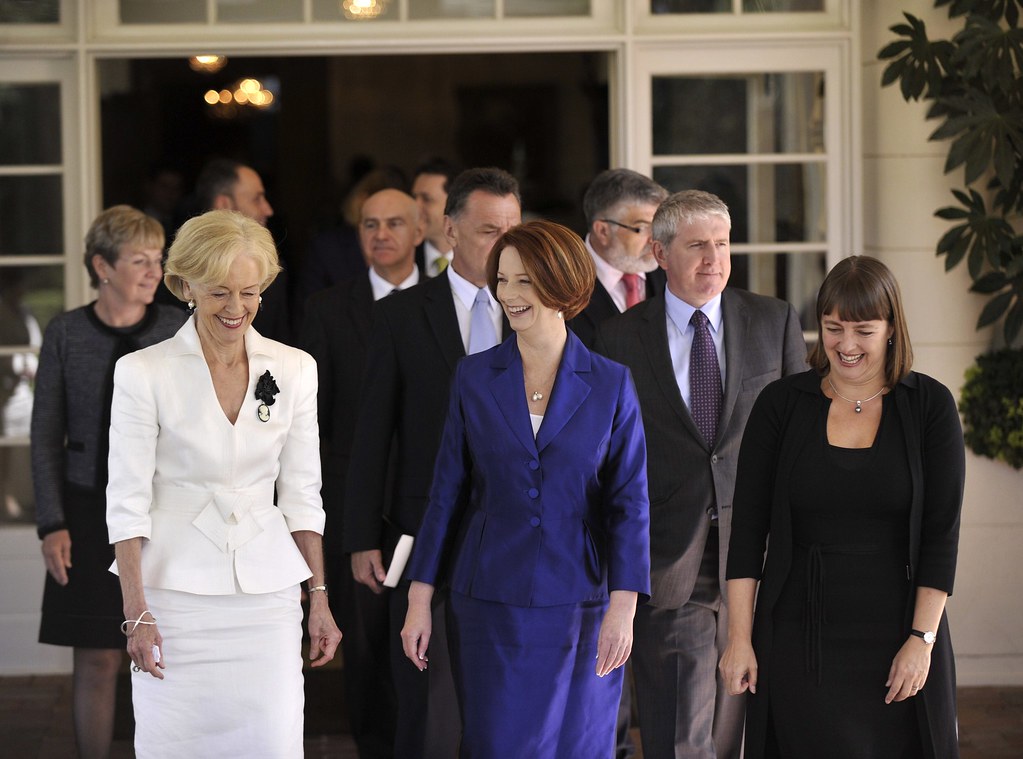The Safety Institute of Australia‘s (SIA) CEO David Clarke revealed his four big issues for the SIA at a recent breakfast function in Melbourne.
Policy Agenda
Clarke stated that he had instigated the creation of a National Policy Agenda for the SIA – a first for the over 60-year-old registered charity. Clarke emphasised that the SIA needed to understand the language of government, employers and unions as it relates to safety. The significance of the agenda was reinforced by Clarke who said that without such a strategy, the SIA would struggle for relevance.
Certification
Another priority was the certification of the occupational health and safety (OHS) profession in Australia. Clarke admitted that this was a controversial move but sees the establishment of a “licence to operate” as vital to increasing the status of the profession. Continue reading “The SIA identifies four big issues for it in 2015”

 LinkedIn is a useful adjunct to the social media of Facebook, MySpace and many other incarnations. The professional network is a terrific idea but it has several problems – one is misuse or misunderstanding LinkedIn’s function, the other is the ridiculousness of Endorsements. Given that LinkedIn is as popular in the OHS profession as in any other, the problems, as I see them, are worth discussing.
LinkedIn is a useful adjunct to the social media of Facebook, MySpace and many other incarnations. The professional network is a terrific idea but it has several problems – one is misuse or misunderstanding LinkedIn’s function, the other is the ridiculousness of Endorsements. Given that LinkedIn is as popular in the OHS profession as in any other, the problems, as I see them, are worth discussing.